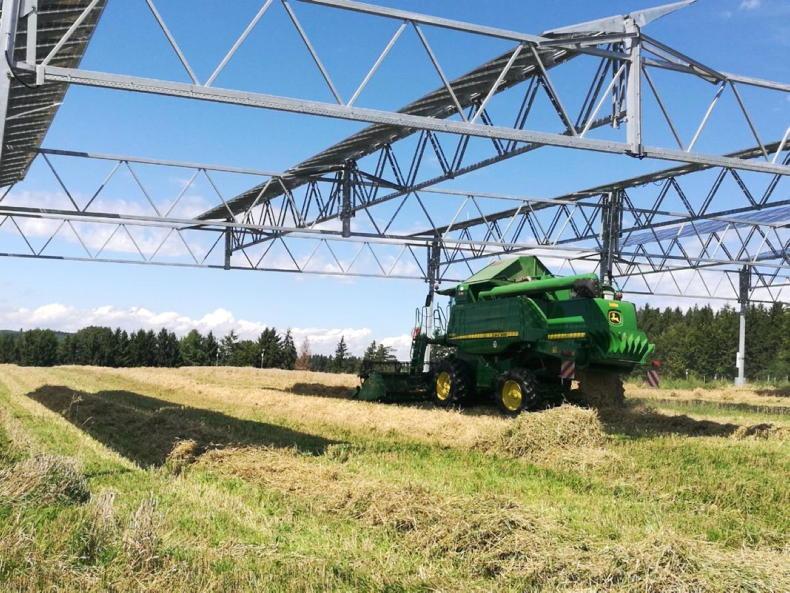The Irish Solar Energy Association (ISEA) has called for the incoming government to create a new framework to support agri voltaics, combining agriculture with renewable energy.
The group states that this will ensure that the agricultural community and food security are prioritised and supported during the transition to a carbon-neutral economy.
In a list of recommendations for the next government, the ISEA said Ireland is one of the most carbon-efficient producers of beef and milk.
However, agriculture and renewable energy are not mutually exclusive and can be combined to great effect, the document states.
The group cites European and national studies which show that combining land use for solar power generation and agricultural production can increase renewable energy, boost farming incomes, reduce emissions and support food security.
Calls for action
However, the document stops short of providing detail on how this will be achieved. Across the world, agri voltaics is described as the practice of solar agriculture co-location, ie agricultural production underneath or adjacent to solar panels.
This typically requires solar arrays to be spaced further apart or placed higher off the ground to allow the land to be farmed.
While sheep can graze around solar farms in Ireland, it is generally a much-reduced stocking intensity.
In its manifesto, the group calls for increased incentives to be offered to farmers to generate and use renewable energy on-site. It also calls for a review and update of tax structures to ensure they fully support the dual use of land for renewable energy and agriculture.
